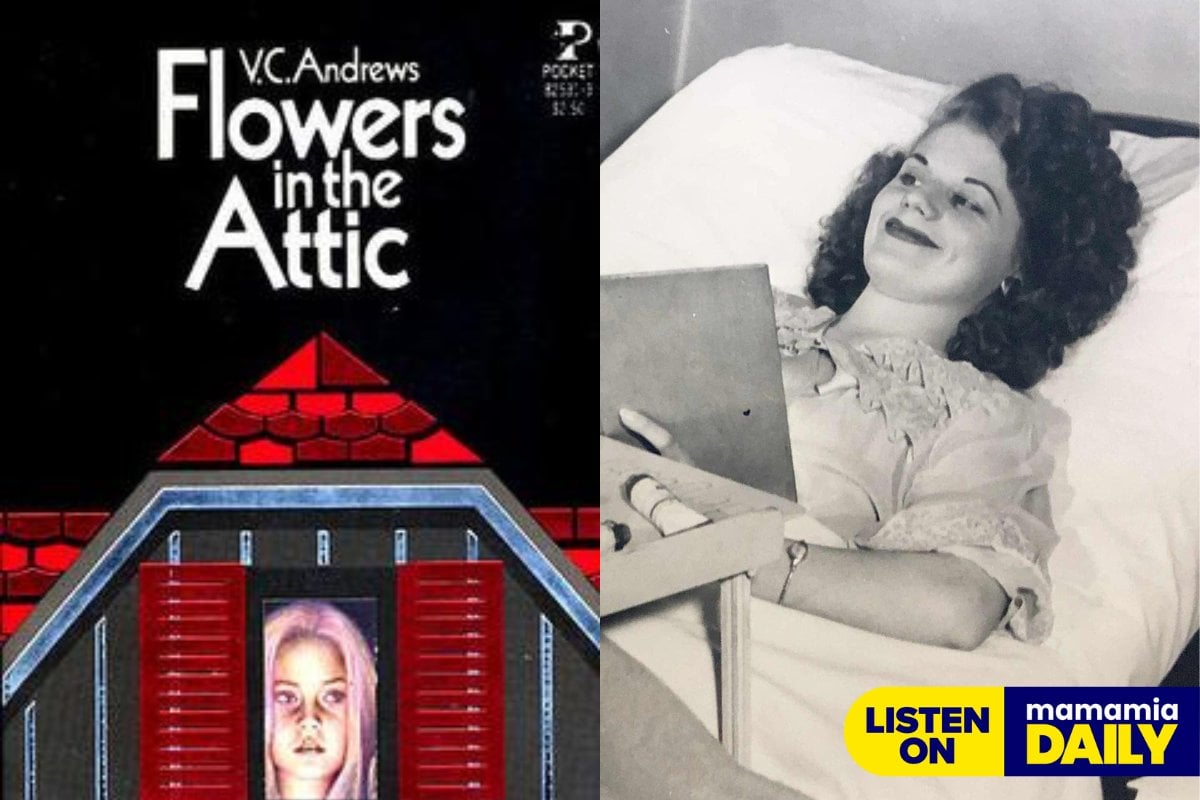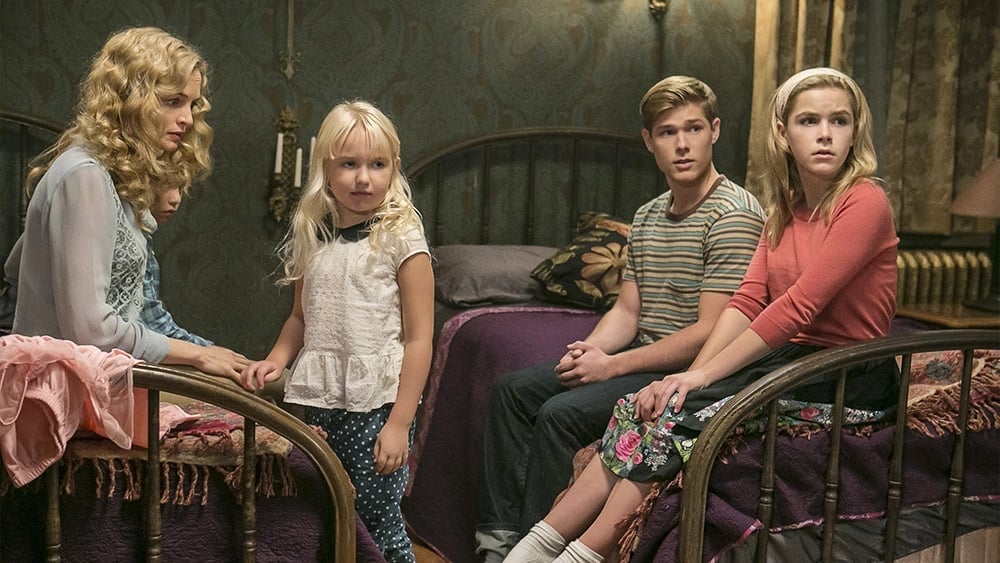
Listen to this story being read by Shannen Findlay, here.
Mamamia's Extraordinary Stories series deep dives into the kind of tales you will keep thinking about long after you've read them. From unexplained mysteries to moments that have changed history, Extraordinary Stories will take you down the rabbit hole and make you never want to leave.
At the height of her fame, V. C. Andrews was a peculiar, tortured woman.
While she found notoriety through her prophetic storytelling, her real-life experiences were not so far removed from the tales she told. In fact, her most distinguished novel, Flowers In The Attic, was written in just two weeks, and was based lightly on a record of events given by her own physician.
Except there's more to the serial novelist, whose work still manages to cause conversation four decades on from her death.
*****
Born in 1923, Virginia Andrews was often referred to as "spoiled little Virginia", and according to family, there wasn't much she didn't get.
"When rubber bathing suits were the rage, Virginia had one in every colour. Forty-dollar blankets were casually purchased when 40 dollars was a fortune," her cousin Patty told her ghost writer, Andrew Neiderman in the new book, The Woman Beyond The Attic.
While her family didn't have all that much, they were able to create an idyllic childhood for Virginia and her brothers in her grandparent's four-bedroom home. Her imagination, though, was the real wonder – and it's what would be her rise to stardom.


Top Comments